Angelus Silano
Adhesion Promoter
₹1130.00₹1370.00 (-18%)
Benefits

Brand warranty

Secure payments

upto 7 days returnable

Long expiry

EMI
Description
Pre activated (ready to use).Adhesion promoter for ceramics and glass fibers
INTRODUCTION
- In metal-free dentistry, an adhesive technique is fundamental for the cementation of all-ceramic, indirect composite resin restorations and glass fiber posts.
- Adhesion of resin cements to enamel and dentin through acid-etching and application of priming and bonding agents are well known and researched subjects.
- However, how do resin cements bond to inorganic-based materials such as ceramics and glass fiber posts? Can bonding to cured composite resin be enhanced? The solution is in silanization.
DEFINITION
- Silanes are adhesion promoters between organic and inorganic materials. As bi-functional molecules, their silica radicals unite with the silica in the restorative materials and their organic radicals co-polymerize with the organic matrix of the resin.
- Cements (methacrylates). Silanes are also called ceramic primers or bonding/coupling agents.
- Adhesion promoter for porcelain (ceramic) and glass fiber.
RECOMMENDATION
Treatment of internal surfaces of porcelain restorations and glass fiber posts before cementation with resin cements.
Treatment of porcelain surfaces before repair with composite resin.
Treatment of porcelain surfaces before bonding of porcelain.
Specification
Additional information
| Weight | 0.1 kg |
|---|---|
| Brands |
Features
Features
- Increases wettability of restorative materials in relation to resin cements, enhancing mechanical,
physical and chemical adhesion between cement and restoration; - Increases resistance to dissolution by water at the cement-restoration interface.
- Easy to use
- Less evaporation
- Enhances bonding of resin materials (resin and cements) to porcelain (ceramic)
- and glass fiber
- Solvent based on ethanol: less evaporation
Packaging
Packaging
- 1 x 5ml Bottle
Direction to Use
Direction to Use
- TECHNIQUE OF USE
- CEMENTATION OF GLASS FIBER POSTS
1. Clean post with alcohol; dry with air;
2. Apply SILANO ANGELUS® with diposable
applicators (APLIK ANGELUS®); wait for 1 (one)
minute and gently dry with air
3. Proceed with cementation following instructions
of the adhesive FUSION-DURALINK® ANGELUS®
and of the selected resin cement
- CEMENTATION OF CERAMIC AND FIBERREINFORCED INDIRECT COMPOSITE RESIN RESTORATIONS
1. Isolate the margins of the restoration with wax to avoid marginal degradation by the hydrofluoric acid and adhesion of resin cement to the outer surface of the restoration
2. Apply PORCELAIN CONDITIONING
ANGELUS® (10% Hydrofluoric Acid) on the internal area of the restoration; wait for 1 (one) minute*
Leucite-based porcelains are etched only for 20 (twenty) seconds.
3. Wash with water and dry with air;
4. Apply SILANO ANGELUS® with diposable applicators (APLIK ANGELUS®); wait for 1 (one) minute and gently dry with air.
5. Proceed with cementation following instructions of the adhesive FUSION-DURALINK® ANGELUS® and of the selected resin cement.
- REPAIR OF CERAMIC AND INDIRECT COMPOSITE RESIN WITH DIRECT COMPOSITE RESIN
1. Bevel the fractured ceramic surface and roughen the metal (if exposed) or apply a layer of a metal primer (MZ PRIMER ANGELUS®)
2. Apply PORCELAIN CONDITIONING ANGELUS® (10% Hydrofluoric Acid) on the beveled surface and on the fracture site; wait for 1 (one) minute*, wash abundantly with water and dry Leucite-based porcelains are etched only for 20 TOP (twenty) seconds.Protect oral tissues against the corrosive and poisonous effects of HF.
3. Apply SILANO ANGELUS® with a brush; wait for 1 (one) minute and gently dry with air
4. Apply the adhesive FUSION-DURALINK® ANGELUS® bonding agent following its instructions;
5. If there is exposed metal, cover it with a layer of OPAK ANGELUS® masking resin
6. Restore the fracture site with composite resin
- BONDING FRAGMENT OF CERAMIC OR INDIRECT COMPOSITE RESIN
1. Roughen fragment and fracture site;
2. Apply PORCELAIN CONDITIONING ANGELUS® (10% Hydrofluoric Acid) on fracture site
and on fragment for 1 (one) minute*; wash and dry Leucite-based porcelains are etched only for 20(twenty) seconds.
3. Apply SILANO ANGELUS® with diposable applicators (APLIK ANGELUS®); wait for 1 (one)
minute and gently dry with air ;
4. Cement fragment on restoration following instructions of the adhesive FUSION-DURALINK® ANGELUS® and of selected resin cement.
FAQs
FAQs
WHY CAN’T SILANE BE USED ON CARBON FIBER PINS?
Silane acts only on surfaces which have silica (such as fiberglass and ceramic).
Carbon fibers do not have silica in their composition, so they do not require the
application of Silane.
WHAT IS THE ADVANTAGE OF SILANE BEING IN AN ETHANOL SOLUTION?
Silane that uses ethanol as a solvent has less evaporation than those which use acetone.
WHAT IS THE GAIN IN ADHESION WHEN SILANE IS USED?
There is a 30% increase in adhesion when Silane is used.
DOES SILANE NEED TO BE LIGHT ACTIVATED?
Silane is a compound which does not require light in order to work.
SHOULD SILANE BE APPLIED TO THE TOOTH?
No, Silane only works on materials with silica in their composition.







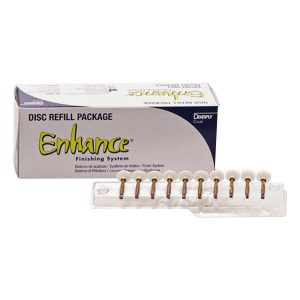
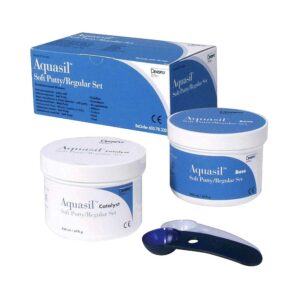
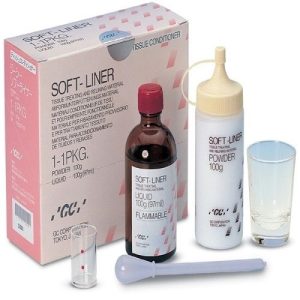
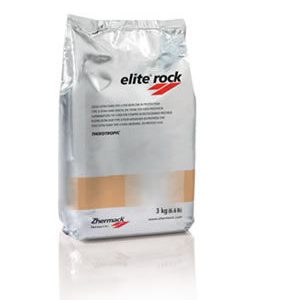
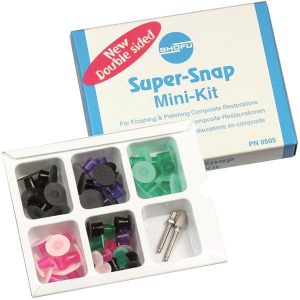
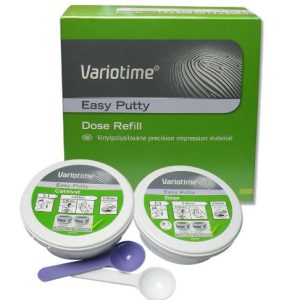

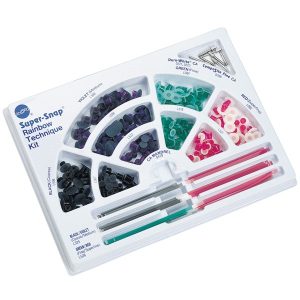
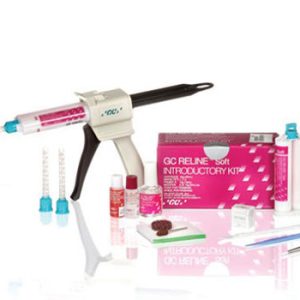
Reviews
There are no reviews yet.